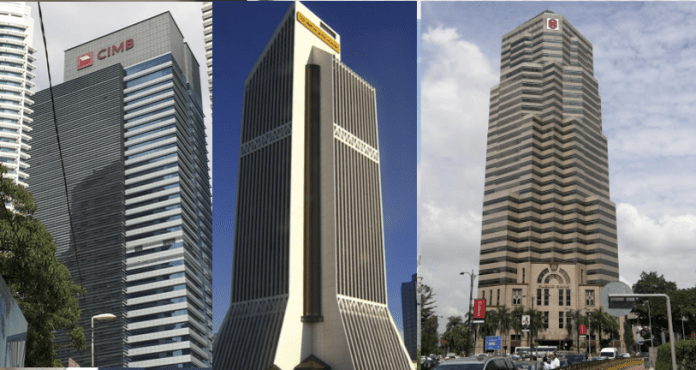Though impairments may start to appear in the coming year, Ram Ratings believes that Malaysian banks’ credit losses will be adequately cushioned by high earnings accretion, sufficient provisioning buffers, and solid capitalisation.
In the next 12 months, most ratings in RAM’s banking portfolio will remain intact. RAM projects loan growth to come in at 4% in 2022, in line with the anticipated economic recovery.
“This is a higher rate than the 3% forecast for 2021 and the 2.5% recorded in August,” says Wong Yin Ching, RAM’s co-head of financial institution ratings says in a media release today.
“The household sector will anchor growth next year with mortgages as the main driver, similar with what was seen in previous years. This is not surprising. Malaysia has a young demographic, so household formations are high and there is an underlying demand for homes,” says Wong.
She was speaking during the panel session entitled “Moving to a New Normal – What to Expect” at the virtual RAM Credit Summit 2021 held last week.
“On the other hand, we are only projecting a slight pick-up for businesses, as most firms are currently operating below capacity. Even as the economy gradually recovers, we do not see firms rushing to invest or expand just yet,” she adds.
Meanwhile, Loh Kit Yoong, RAM’s senior analyst with financial institution ratings during her presentation at the Summit says, “Funding and liquidity conditions is envisaged to stay healthy. Banks’ liquidity coverage ratio has generally hovered around 150%, well above the 100% minimum.
“We believe that Bank Negara Malaysia has a strong incentive to ensure ample liquidity in the financial system; the many regulatory flexibilities introduced since the onset of the pandemic is a testament of that,” says Loh.
Although most banks will likely extend further relief to borrowers who are still viable when the nationwide opt-in moratorium expires in 1H 2022, RAM expects some impairments to start crystallising in the later part of the year.
As such, RAM projects the gross impaired loan ratio to rise to between 2.3% and 2.5% in 2022 from the current 1.7% that has been contained by wide-ranging loan repayment assistance and moratorium.
As at end-July 2021, about 30% of total loans were under relief.
“Based on our discussions with some banks, majority of their borrowers under relief stemmed from the middle- and higher-income brackets. We are of the view that a sizeable portion of borrowers had taken the moratorium as a precautionary measure, given that bulk of these relief loans actually have zero arrears,” says Loh.









